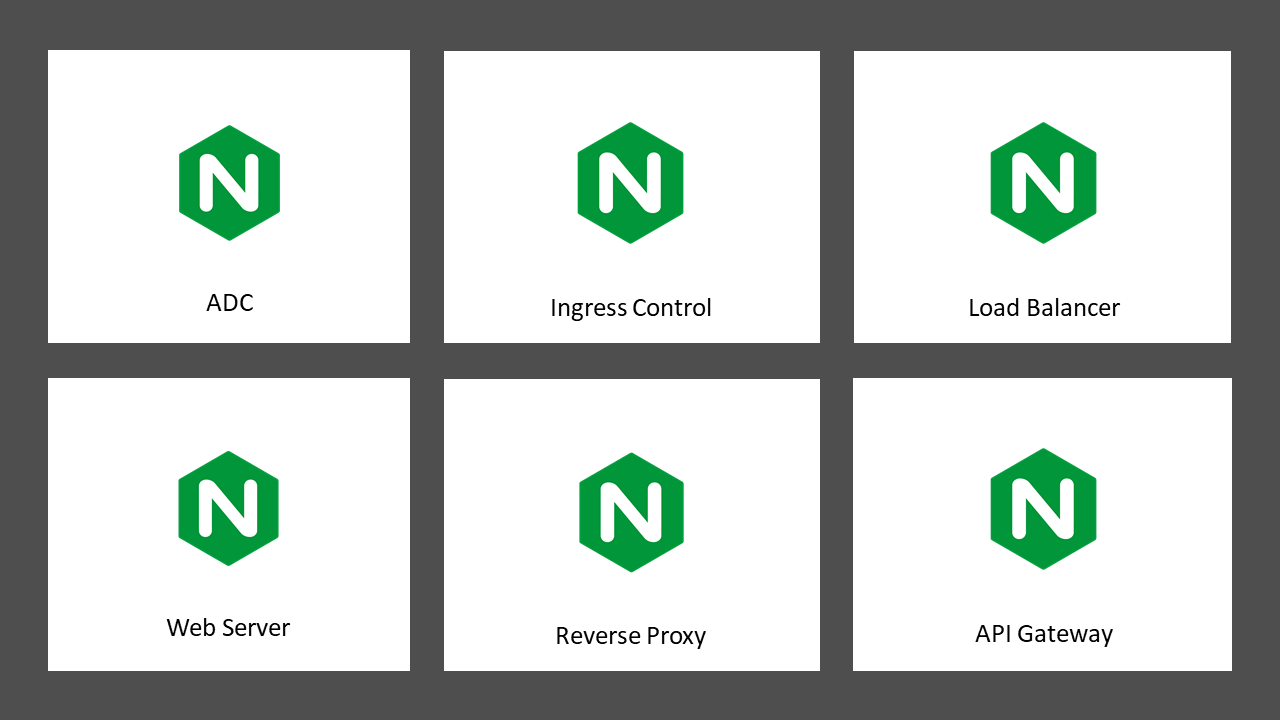10 分で Red Hat OpenShift Container Platform に NGINX Plus をデプロイする方法
Sysdig が今年顧客を調査したところ、オンプレミスとパブリック クラウドで 200 万を超えるコンテナ インスタンスが実行されていることがわかったことをご存知ですか? さらに興味深いのは (少なくとも私たちにとっては)、NGINX がこれらのコンテナの 60% で実行されているというデータ ポイントです。
それは大量の NGINX です。
NGINX、ひいては NGINX Plus がこれほど広く導入されている理由の 1 つは、それが最新のアーキテクチャと従来のアーキテクチャ内で多くの役割を果たしていることです。 Web サーバーとして機能できます。 リバースプロキシとして機能できます。 これはアプリケーション配信コントローラ (ADC) の役割を果たし、SSL 終了や HTTP ルーティングなどの重要なアプリケーション サービスを提供して、API ゲートウェイとして機能することができます。 最新のアプリケーション スタックでは、North/South データ パスでのイングレス制御の役割を果たすとともに、コンテナ クラスター (East/West データ パスとも呼ばれます) 内でのアプリケーション ルーティングと負荷分散も提供します。

NGINX Plus の多彩な側面
これは、従来のネットワーク アーキテクチャと最新のクラウド ネイティブ アーキテクチャの間の溝を埋める必要性について話し始めるときに重要になります。 コンテナ化されたワークロードをデプロイおよび運用するための最も一般的なプラットフォームの 1 つは、Red Hat OpenShift Container Platform (OCP) です。
したがって、OCP 3.11 を導入するユーザーが、OCP ルーターとして NGINX Plus を活用したいと思うのは当然です。 OCP 環境のルーターは、クライアントからのリクエストをコンテナ クラスター内の適切なサービスに渡すという非常に重要な機能を提供します。
本日のブログでは、弊社の勇敢な主席ソリューション エンジニア Dylen Turnbull が実施したデモへのリンクをご紹介します。 この中で、Dylen はリポジトリから NGINX Plus トライアルをダウンロードし、OCP に NGINX Plus ルーターをインストールして、アプリケーションを起動します。 次に、Dylen は NGINX Plus UI にアクセスし、OCP 3.11 クラスター上のライブ アクティビティ モニタリングを使用して、OCP クラスターに流入するアプリケーション トラフィックを表示します。
時間は 10 分です。YouTube を通じて、私たちの取り組みに関するコメントやフィードバックをお待ちしています。
